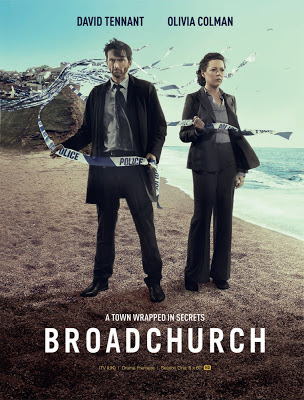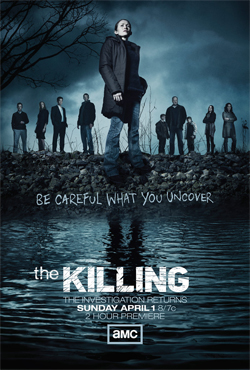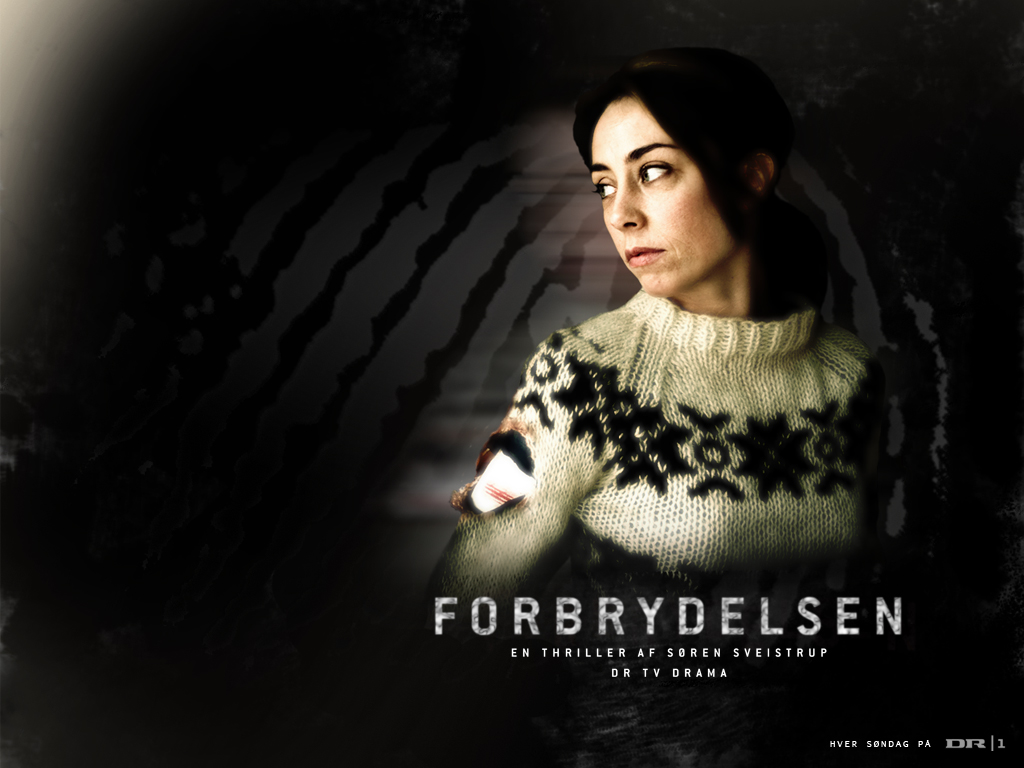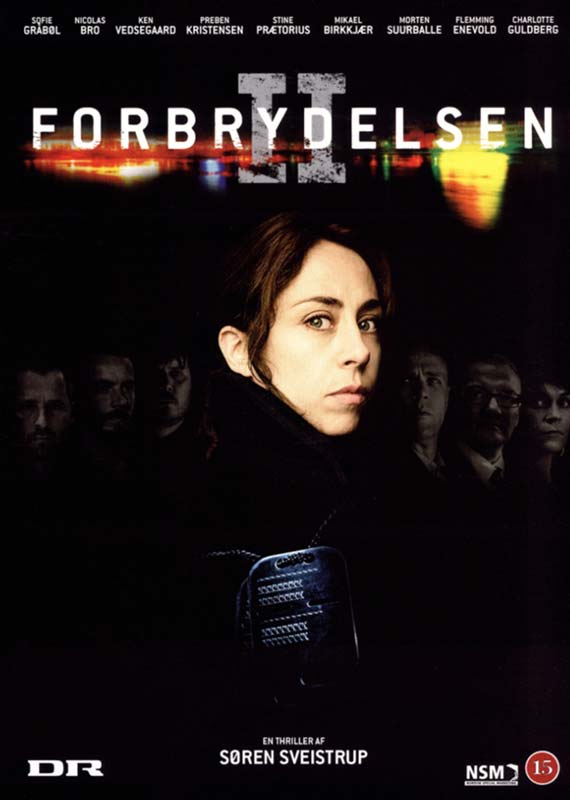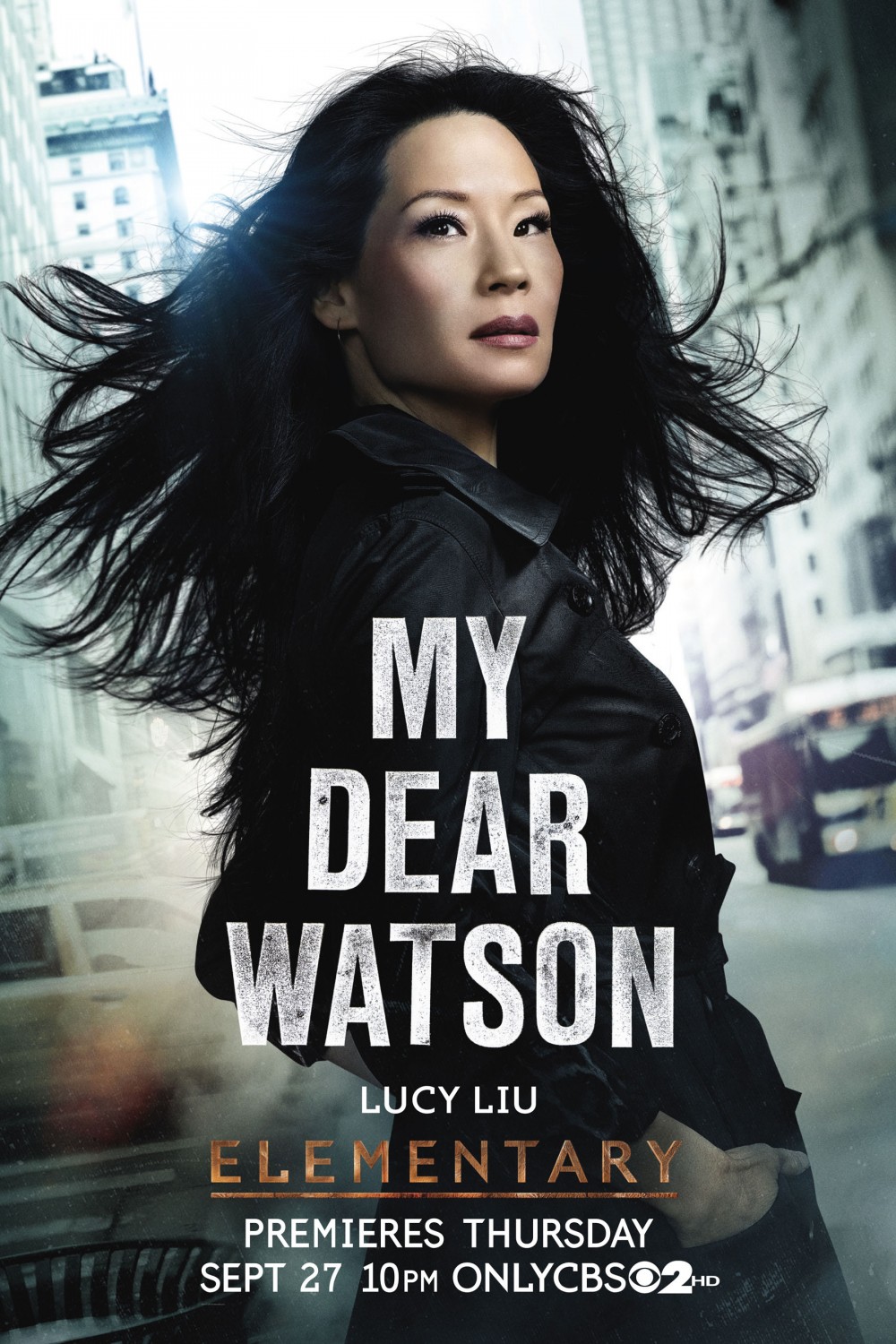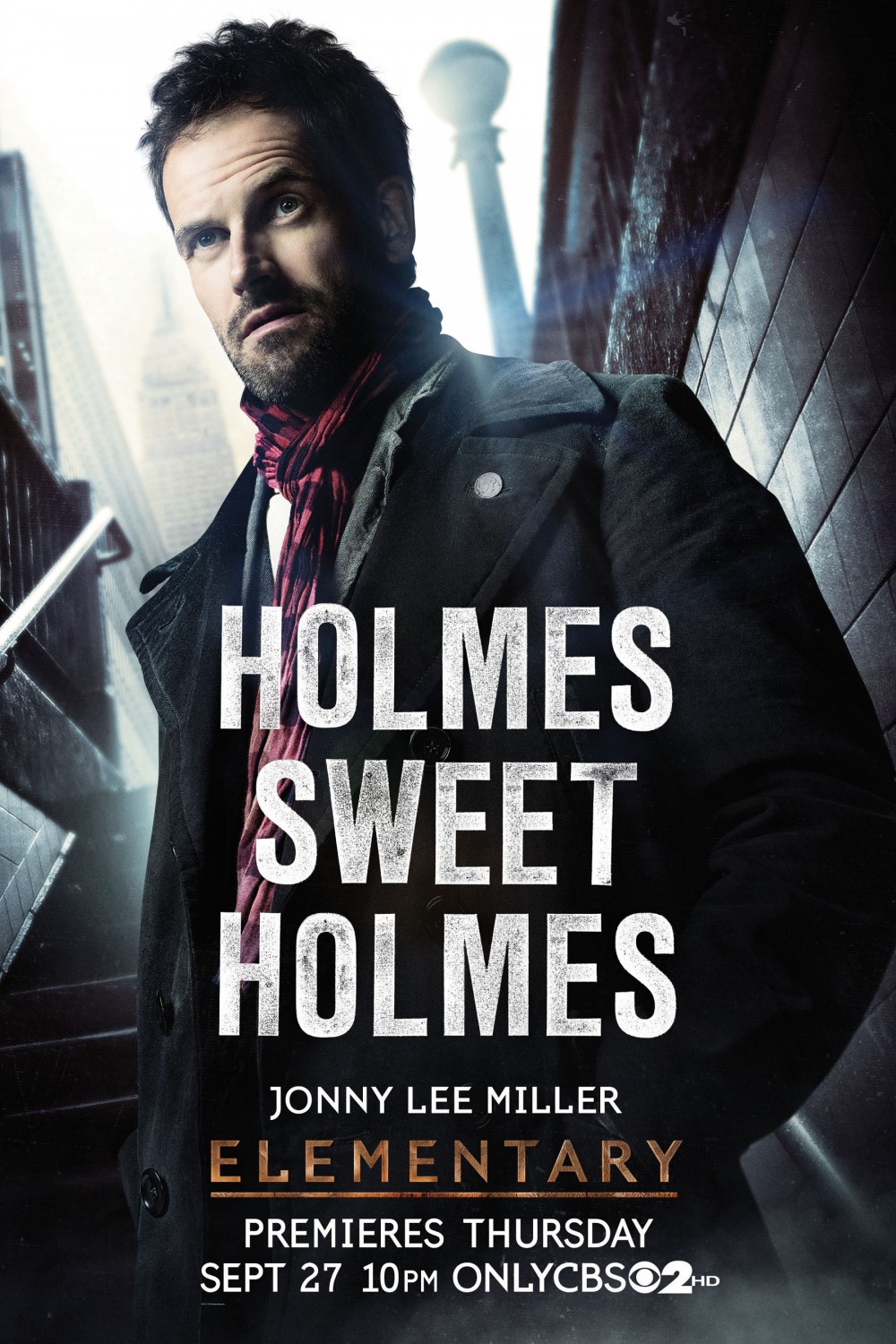Radiohead have used digital technology in order to promote their musical releases and generate income independently. They released 'In Rainbows' in 2007 on their website and made it available through a 'Pay What You Want' system. This was the first album they had offered this opportunity with, and despite being free of charge should the user wish, there were still 2.3 million illegal downloads from 'BitTorrent'. As well as these illegal downloads, the album was purchased 3 million times legitimately and later sold 100000 collector edition 'disk boxes' complete with albums and memorabilia. By making the music available free of charge, by choice, it generated interest in the album. Music streaming website Spotify said 'if a musician or band publish their music free of charge, they have a higher chance of generating income'. This is because listeners have the opportunity to listen to the music to ensure they like it first and they can 'preview' it before they commit to spending their money on it.
Similarly, Radiohead have used the internet to promote their upcoming album 'The King of Limbs'. They posted the music video to their single 'Lotus Flower' on their blog 'Dead Air Space'. This again gives listeners a chance to preview the music and it gives them a taste of what to expect with the rest of the album. It generates excitement and interest in the upcoming album, as well as providing material for social integration both in person and on social networking sites.
Tuesday, 6 May 2014
Tuesday, 4 March 2014
Thursday, 27 February 2014
Thursday, 13 February 2014
Tuesday, 11 February 2014
Uses & Gratifications.
Mad Men:
- Finding models of behaviour: The main male characters of Mad Men are high powered and successful, and this could appeal to similar men who aspire for wealth and successful careers. In an ever-changing society, this could also appeal to women who wish to have a similar sort of power. They can also receive gratifications from Peggy who takes control over her career and has a secret meeting to secure a new job.
- Sexual arousal: Mad Men features a cast which provides sex appeal for both men and women. Jon Hamm is seen as a sex symbol and the character of Joan played by Christina Hendricks has characteristics of Marilyn Monroe. She is curvaceous and voluptuous which appeals to a male audience and this is shown in the episode 'The Other Woman' when she sleeps with a Jaguar executive in order to secure a deal. She is requested for sex by one of the characters, showing the audience that she is attractive to both the characters and audience.
- Identifying with others, gaining a sense of belonging/Enabling one to connect with friends & family: Mad Men gives viewers material to discuss with their family, peers and colleagues. It covers various issues which an active audience would have decoded, such as the representation of women and the progression of a typical 1940's female representation (Megan and Joan) to a more contemporary representation of women (Peggy) and this will create material for discussion regarding
Peaky Blinders:
TBC
Lost:
TBC
Monday, 10 February 2014
Thursday, 6 February 2014
Peaky Blinders: Audience Targeting
Peaky Blinders is a BBC Two crime drama set in 1919 Birmingham. It is based on the lives on a group of post-WW1 soldiers and attracts a mix of both niche and mainstream audiences.
One way Peaky Blinders attracts an audience and gained a positive response was through breaking the stereotypical representation of regional identity, in this case the unintelligent 'Brummie'. This was appeal to a Birmingham based audience wishing to support their heritage and see it presented in a better light. It will also appeal to those not from Birmingham but who wish to see how 'Brummies' are represented and whether it is stereotypical or not.
Another way Peaky Blinders appeals to an audience is through its use of film stars. These well known celebrities attract a wider audience because they already of fans. Fans of the actors themselves and fans of the work they have appeared in will be interested to watch this new show starring them. Peaky Blinders stars Cillian Murphy, from Inception and Batman, Sam Neill from Jurassic Park and Helen McCrory from Harry Potter and Hugo.
One way Peaky Blinders attracts an audience and gained a positive response was through breaking the stereotypical representation of regional identity, in this case the unintelligent 'Brummie'. This was appeal to a Birmingham based audience wishing to support their heritage and see it presented in a better light. It will also appeal to those not from Birmingham but who wish to see how 'Brummies' are represented and whether it is stereotypical or not.
Another way Peaky Blinders appeals to an audience is through its use of film stars. These well known celebrities attract a wider audience because they already of fans. Fans of the actors themselves and fans of the work they have appeared in will be interested to watch this new show starring them. Peaky Blinders stars Cillian Murphy, from Inception and Batman, Sam Neill from Jurassic Park and Helen McCrory from Harry Potter and Hugo.
Thursday, 23 January 2014
Lost: "Most media texts target a range of different audiences"
Lost is a 2004 drama which has a wide, mainstream audience and both active & passive audiences can obtain gratifications from it. Lost uses various conventions to achieve this.
The use of an ensemble cast appeals to a broad audience. An ensemble cast brings a wide variety of characters that have different characteristics and representations. This broad range appeals to a broad range of audience members because it is highly likely that they will find at least one character than can personally identify with, engaging them with the text. In episode two of series one we meet character Sun who is from Korea and speaks no English whilst we also meet Charlie who is from the UK. There are also Australian and Iraqi characters, as well as American characters from different regions such as Texas. This is one of many characteristics that appeal to many audiences. This ensemble cast allows flexibility for the writers and producers to focus on different characters with equal screen time in different episodes, creating an amalgamation of stories, allowing room for more engaging enigma codes.
The frequent use of enigma codes, assisted by the musical score composed by Michael Giacchino, creates an engaging and appealing media text. Enigma codes create a question in the mind of the audiences and then the episode or series will attempt to answer this question. For example, in series one episode two a pair of handcuffs can be seen lying on the ground in the forest. This arouses suspicion and fear as characters and audiences begin to wonder; why are they there, how did they get there, is there a prisoner on the island, are they in danger?? This enigma code appeals to both active and passive audiences. Active audiences can decode the scenarios without the aid of music, whereas passive audiences are allowed or encouraged to feel a certain way. This creates social interaction and social media activity as audiences begin to share their conspiracies and discuss the episode's events.
Similarly, the use of score aids a passive audience in decoding this text. As episode two of series one comes to a close, a man who is undergoing surgery wakes up startled and grabs the collar of Doctor Jack. As this occurs a tense piece of music is played, similar to the score heard in Hithcock's famous Pyscho shower scene. This music creates tension and suspense for the audience, and a passive audience are forced to feel a certain way so that they understand the text. If the score were altered to be upbeat in this scene, the audience would feel happy, and if the score were altered to be slow and thought provoking the audience would feel happy. They are guided into a how they should react and can therefore decode the text somewhat.
In conclusion, Lost appeals to a broad audience because of it's wide range of genre conventions that appeal to a wide range of people because many people can find at least something that they enjoy and/or relate to, gaining various uses and gratifications.
The use of an ensemble cast appeals to a broad audience. An ensemble cast brings a wide variety of characters that have different characteristics and representations. This broad range appeals to a broad range of audience members because it is highly likely that they will find at least one character than can personally identify with, engaging them with the text. In episode two of series one we meet character Sun who is from Korea and speaks no English whilst we also meet Charlie who is from the UK. There are also Australian and Iraqi characters, as well as American characters from different regions such as Texas. This is one of many characteristics that appeal to many audiences. This ensemble cast allows flexibility for the writers and producers to focus on different characters with equal screen time in different episodes, creating an amalgamation of stories, allowing room for more engaging enigma codes.
The frequent use of enigma codes, assisted by the musical score composed by Michael Giacchino, creates an engaging and appealing media text. Enigma codes create a question in the mind of the audiences and then the episode or series will attempt to answer this question. For example, in series one episode two a pair of handcuffs can be seen lying on the ground in the forest. This arouses suspicion and fear as characters and audiences begin to wonder; why are they there, how did they get there, is there a prisoner on the island, are they in danger?? This enigma code appeals to both active and passive audiences. Active audiences can decode the scenarios without the aid of music, whereas passive audiences are allowed or encouraged to feel a certain way. This creates social interaction and social media activity as audiences begin to share their conspiracies and discuss the episode's events.
Similarly, the use of score aids a passive audience in decoding this text. As episode two of series one comes to a close, a man who is undergoing surgery wakes up startled and grabs the collar of Doctor Jack. As this occurs a tense piece of music is played, similar to the score heard in Hithcock's famous Pyscho shower scene. This music creates tension and suspense for the audience, and a passive audience are forced to feel a certain way so that they understand the text. If the score were altered to be upbeat in this scene, the audience would feel happy, and if the score were altered to be slow and thought provoking the audience would feel happy. They are guided into a how they should react and can therefore decode the text somewhat.
In conclusion, Lost appeals to a broad audience because of it's wide range of genre conventions that appeal to a wide range of people because many people can find at least something that they enjoy and/or relate to, gaining various uses and gratifications.
Tuesday, 14 January 2014
Lost.
Who is the intended audience?
Lost is a mainstream text and appeals to both active and passive audiences. Both active and passive viewers can find gratifications with this 2004 television programme.
3 conventions to prove this:
Lost is a mainstream text and appeals to both active and passive audiences. Both active and passive viewers can find gratifications with this 2004 television programme.
3 conventions to prove this:
- The use of a score by Michael Giacchino provokes a range of emotions that active and passive audiences react to. An active audience can decode from the style of music that something is going to happen, and the nature of this occurrence. Eg, if something dangerous is going to happen. A passive audience will be forced into feeling the way the producers want them to feel and from the music will be made to feel happy or sad or tense regardless of the onscreen footage.
- The use of a non-linear narrative structure makes Lost a mainstream text as this a convention that is frequently used in contemporary media now. Using 'flashbacks' to give more of a character understanding and a more complex 'backstory' to the ensemble cast. It makes room for more content and therefore can inform both active and passive audiences about the characters in more depth.
- Enigma codes are frequently used in Episode 2 of Season 1. The combination of close up camera angles to focus on facial expressions or a particular object and the score force the audience into generating views and opinions on what may happen. This engages them and encourages them to continue watching until the enigma codes are solved.
Evidence with narrative:
- A high angle, close up camera shot that slowly pans towards a pair of handcuffs creates questions in the audience's minds regarding why they are there, how did they get there, who do they belong to, and does this mean there is a criminal on the island? Supported by the score this is tense and consequently engaging for the audience.
Saturday, 4 January 2014
"each episode being one day and each series being only one murder case and I think maybe that the success of The Killing proves the television audience actually want to go deeper." - Sofie Grabol
"Denmark is so strong in contemporary drama and all the characters in The Killing are realistic. There's nobody who's all good there's nobody who's all bad. And normally in detective series we know straight away goodie, baddie, villain, saviour" - Emma Kirby
"Each character has flaws and strengths" - Sofie Grabol
Sofie Grabol: 'Sarah Lund is not a hero to me'
http://www.bbc.co.uk/news/magazine-17853928
"Denmark is so strong in contemporary drama and all the characters in The Killing are realistic. There's nobody who's all good there's nobody who's all bad. And normally in detective series we know straight away goodie, baddie, villain, saviour" - Emma Kirby
"Each character has flaws and strengths" - Sofie Grabol
Sofie Grabol: 'Sarah Lund is not a hero to me'
http://www.bbc.co.uk/news/magazine-17853928
Subscribe to:
Comments (Atom)


_Intertitle.png)


